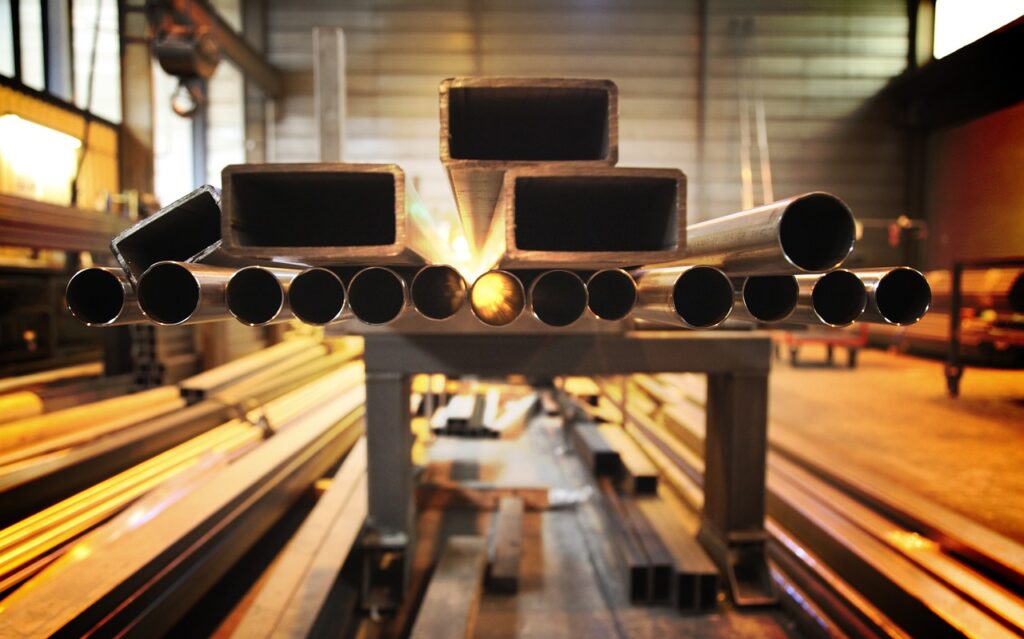The European steel industry is poised to become a significant consumer of renewable hydrogen, with German steelmakers at the forefront of this transition.
According to the German steel association WV Stahl, the German steel sector’s potential hydrogen demand could reach 850,000 metric tons per year by 2030. This projection is contingent on the successful integration of green hydrogen into steel production processes, which is expected to significantly reduce carbon emissions. However, the broader national hydrogen demand is estimated at 95-130 TWh by 2030, with 40-75 TWh attributed to new demand sources. Given these figures, the steel sector’s anticipated hydrogen consumption represents a substantial portion of the total demand, raising questions about supply security and the feasibility of these targets within the next six years.
German steelmakers plan to connect to a national hydrogen pipeline network currently under construction while also producing their own green hydrogen via onsite electrolyzers. Although these developments are crucial for reducing CO2 emissions—potentially saving 28 tons of CO2 per metric ton of hydrogen—the success of these initiatives hinges on several factors. The construction of a reliable and extensive hydrogen pipeline network, the scalability of electrolyzer technology, and the availability of sufficient renewable energy to power these electrolyzers are all critical to realizing these plans. Any delays or shortcomings in these areas could significantly impact the industry’s ability to meet its hydrogen demand by 2030.
The market dynamics of green steel also warrant scrutiny. Carbon-accounted hot-rolled coil (HRC) steel currently commands a premium of €120 per ton over conventional HRC, which is priced at €615 per ton ex-Ruhr. While this premium reflects the environmental benefits of green steel, it also raises concerns about market acceptance and competitiveness. As steel producers increasingly shift towards greener production methods, the ability to maintain or expand this price premium will be essential for offsetting the higher costs associated with green hydrogen and other decarbonization technologies. However, if market demand for green steel fails to keep pace with production, these premiums could erode, potentially undermining the economic viability of hydrogen-fueled steel production.
The German steel industry’s hydrogen plans are part of a broader national and European effort to transition to a low-carbon economy. However, the success of these efforts will depend not only on technological advancements and infrastructure development but also on policy support, market dynamics, and international cooperation. The ambitious targets set by the steel industry may serve as a benchmark for other sectors, but they also highlight the challenges that lie ahead in scaling up hydrogen production and consumption across the economy.
